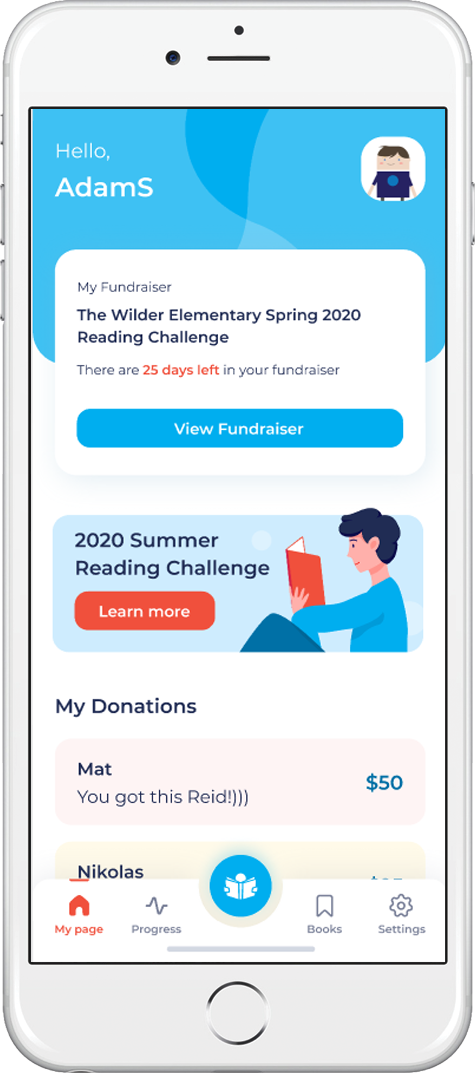Understanding your potential starts with simple math!
To answer that question, we like to start off and provide a simple math equation to think about when starting to plan out your fundraising potential. First, let's talk about how many users (students; families) will be participating in your event. This should provide you with a starting point to figure out your overall financial targets. For this example, we'll highlight a school with 600 students. Now, with any fundraiser, you try to get 100% participation but let's be honest here, some will pass and not participate. With that being said, you need to insert a conversion rate that will eventually give you a projection of how many users will actually be supporting your fundraiser. For this example, we will say that 55% of the total student/family population will register and support our fundraiser.
- Total population = 600 students
- Conversion rate = 55% (600 x .55)
- Total supporters = 330 students/families will participate
OK! Now you have a baseline number to start with at 330 supporters. Now, the next step is to figure out how much you would like each student to pledge to support your fundraiser. This number defines what each user should contribute or fundraise individually to hit your financial goal. A lot can determine what this number looks like (i.e., social economics; previous fundraisers done in the past) but for this example, we will state that we would like each user to raise $25 throughout the duration of your reading event. Then, take the total number of supporters and multiply it times the amount each student should raise to get you to a total amount.
- Total fundraising goal/per student = $25
- Total supporters = 330
- Total fundraising goal = $8,250
Alright, I think we are getting closer, however, now you should start thinking about is whether all students will be hitting their fundraising goal. If all students did (or all exceeded), your fundraiser will be considered a HUGE success, but let's be more realistic here. Some students will raise more than $25 and some won't fundraise at all so try to assess in your planning a plus or minus % factor in your final assessment. On average, we like to think a plus/minus factor of 15% should also play into your final fundraising target formula. So, with the current goal of $8,250, take the factor of 15% into it
- Current fundraising target = $8,250
- The factor of (+15%) = $9,487.50
- The factor of (-15%) = $7,012.50
OK! Now you have some real forecast numbers to think about when planning your financial targets that should eventually guide us to our final decision. We hope that this simple formula can at least guide you down the right path, but we always remind our partners that you know your community better than anyone! We are positive that if you dig a bit more into planning, you might find that you will represent goals that are achievable and provide you with a successful fundraiser that your families will embrace!


